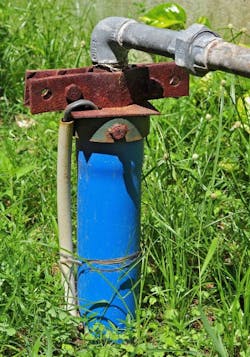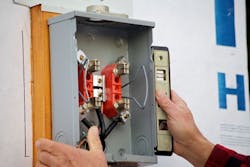In its simplest form, an electrical switch is a humble device. For example, a single-pole, single-throw 15A snap switch consists of a pair of electrical contacts that can be opened or closed manually. A snap switch is spring loaded so that it opens and closes quickly, minimizing arcing, which otherwise would burn the contacts. Of course there are more elaborate types of switches, including:
- Double-pole, which are capable of simultaneously switching two ungrounded conductors such as in a 240V circuit.
- Triple-pole, for 3-phase circuits.
- Electrically or pneumatically powered switches for very large loads.
- 3- and 4-way switches, which permit users to control a load from more than one location.
- Circuit breakers, which provide overcurrent protection as well as a switching function.
- Molded-case switches that resemble circuit breakers. They plug into an entrance panel and pick up power from the bus bars(s) but do not offer overcurrent protection.
- Isolating switches, which are not intended to interrupt a load.
All non-utility switch installations in residential, commercial, and industrial settings must meet National Electrical Code (NEC) requirements where enacted. In most jurisdictions, the finished installation is inspected prior to use. Since switches are a very visible part of the installation, the electrical inspector almost always sees misapplications and NEC violations because they are out in the open. This gallery features some of the more common violations in switch installations.
RELATED GALLERIES
About the Author
David Herres
Licensed Master Electrician
David Herres is a licensed master electrician in Stewartstown, N.H. He can be reached at [email protected].


